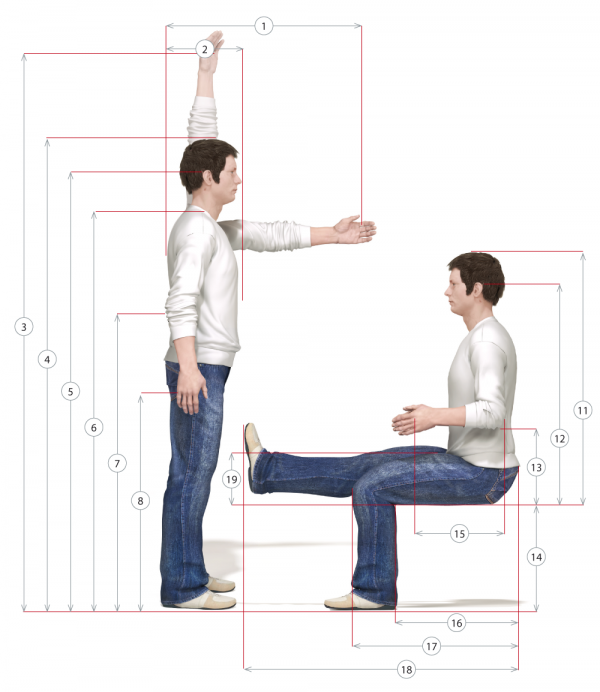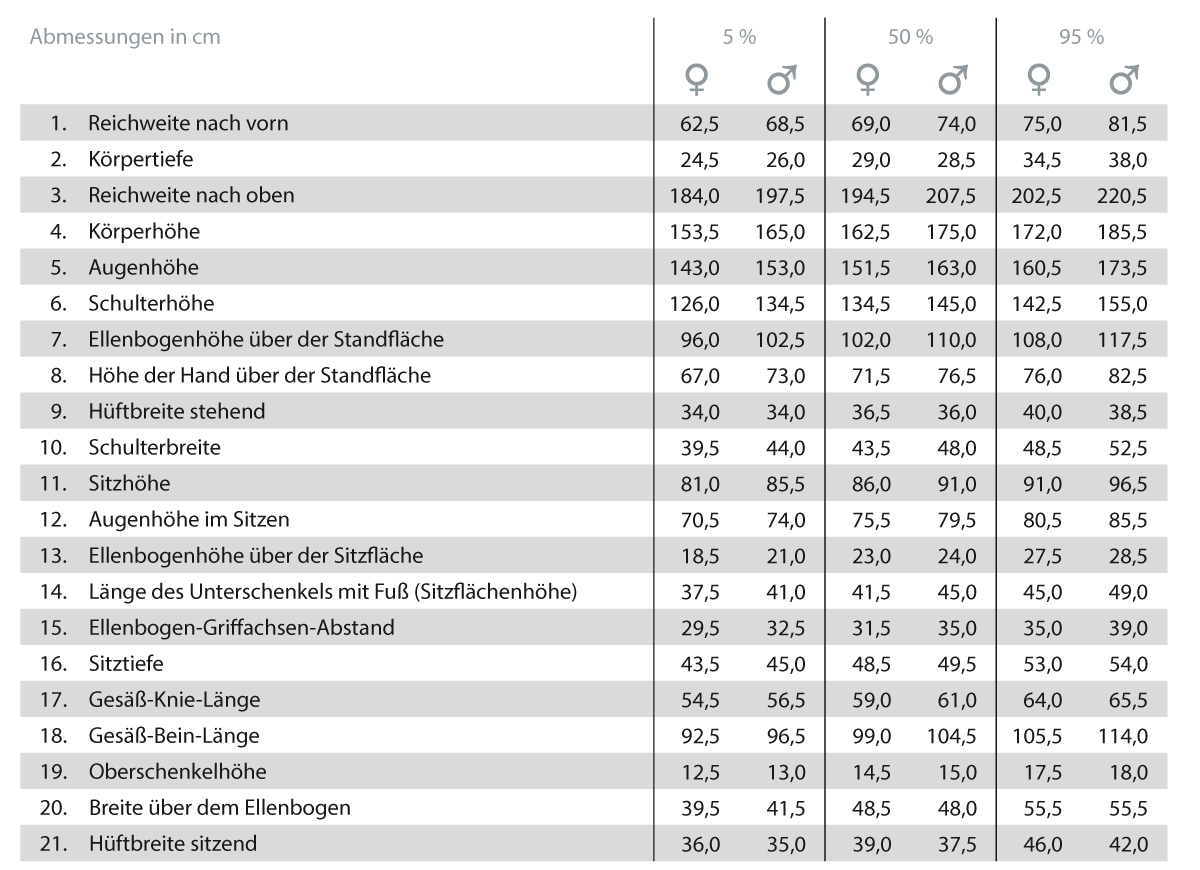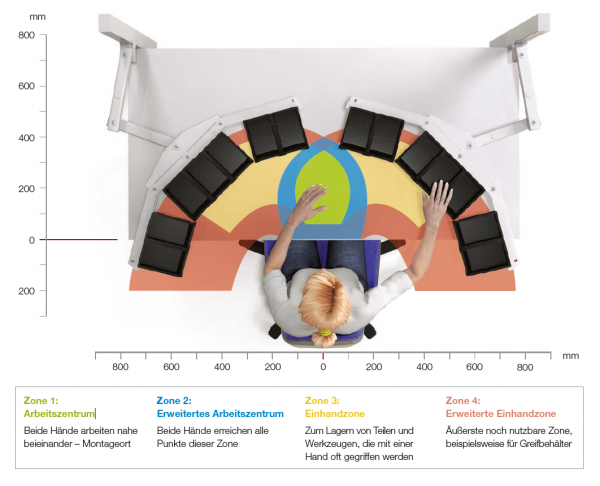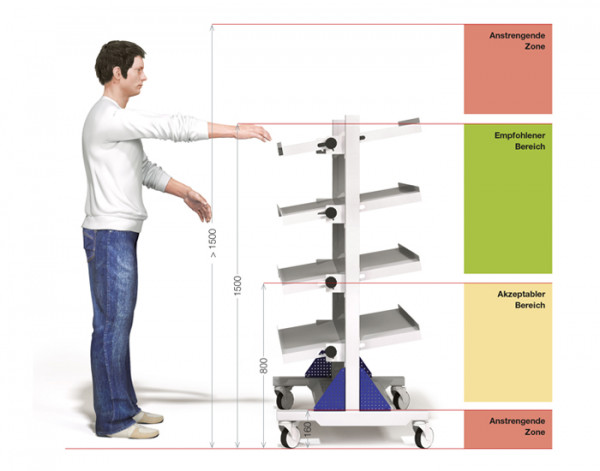Impulses for ergonomics at the workplace
It is the shared vision that has motivated three market leaders to embark on a cooperation project: Ergonomically optimized work concepts that benefit employers and employees alike.
teamwork Forum workplace design is an initiative of the companies bimos, KARL and Waldmann. The innovative product portfolio in the table, chair and lighting sectors forms the basis for ergonomic workplace design in a wide range of industries.
The three companies, which manufacture and develop in-house, are close to the market and to the needs of everyday working life.
One thing has always been very clear: The ergonomic design of working environments has a direct impact on the quality of the work performed and the performance of employees. Improved quality in production and reduced absenteeism have direct economic benefits. This is why more and more companies are actively using ergonomics as an element of sustainable value creation.
For more health, safety, productivity and motivation
Ergonomics is the science of the laws governing human work. The term is made up of the Greek words ergon (work, labor) and nomos (law, rule). Ergonomics is a complex system for adapting work equipment and work scenarios to the needs of people.
The benefits are manifold. Employees are more motivated and more productive and are protected from health problems, even when carrying out a task over a long period of time. Scientific studies also show that ergonomically optimized working environments increase productivity and the quality of the work performed.
Ergonomics includes the following aspects:
- Humanity - impairment-free and healthy working conditions
- Productivity - quality and profitability of performance
- Motivation and satisfaction - employee expectations
What doesn't fit is made to fit
The requirements for the working environment in which activities such as sitting, standing, seeing or reaching are carried out are derived from the body measurements - especially the body heights.

Solutions for individual proportions
As workstations in assembly and production are generally used by different people (e.g. in shift operation,
for job rotation or one-piece flow), they must be adjustable to individual dimensions. This is because body heights can vary greatly - and even with the same or similar heights, individual proportions can differ significantly.
Unless certain production processes dictate otherwise in terms of dimensions, the dimensions and arrangement of elements at the workstation are based on the requirements of anthropometry and physiology. Wherever possible, work equipment should be used that is adjustable and can be adapted to individual body heights and proportions. If the workstation and work equipment are not optimally adapted to the employee's body dimensions and activity, this will lead to forced postures in the long term.
This in turn leads to strain and one-sided wear and tear. For example, tendons or muscles, nerves, tissue, heart and circulation are affected. Possible consequences are painful
Tension, muscle and tendon shortening, cardiovascular diseases.
This not only harms the employee - it also represents a reduction in
of value-adding work performance.

Everything under control with optimum distance
The ideal arrangement of parts, tools and accessories avoids unnecessary movements and prevents strainful twisting of the body and arms. Gripping space and working height are important for the positioning of work equipment.
The gripping space
The area that can be reached with the hands without leaving your position is referred to as the reach zone. A distinction is made between the inner reach area, which can be reached with bent arms, and the outer reach area, which can be reached with outstretched arms.
To enable an ergonomic movement sequence, frequently used parts are arranged in the inner gripping area and less frequently used parts in the outer gripping area. All necessary containers, devices and operating elements are arranged in such a way as to create a flowing, curved upward movement away from the body. This prevents the upper body from having to be turned - unnecessary shoulder movements and one-sided and repetitive movements are avoided.

The comfortable working height
Prolonged or frequent bending, twisting of the head and upper body, a pronounced stretching posture of the head or raising of the shoulders can lead to musculoskeletal complaints. Work equipment should therefore be positioned so that work can be carried out in an upright and natural posture.

Did you already know?
The ideal working height is between 800 mm and 1500 mm.
Working above heart level (over 1500 mm) reduces the blood circulation and thus the oxygen supply to the muscles.
Activities that require bending less than 800 mm are also disproportionately stressful and should be avoided.
